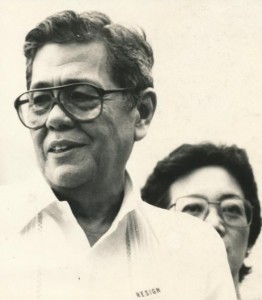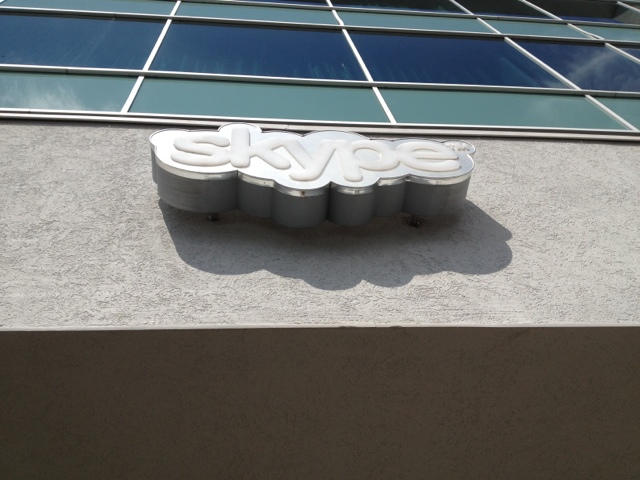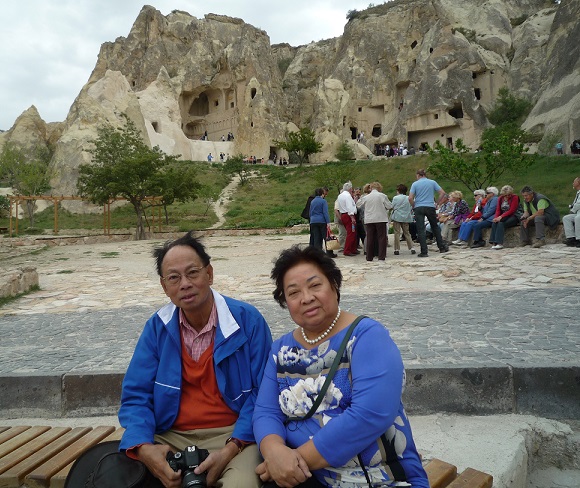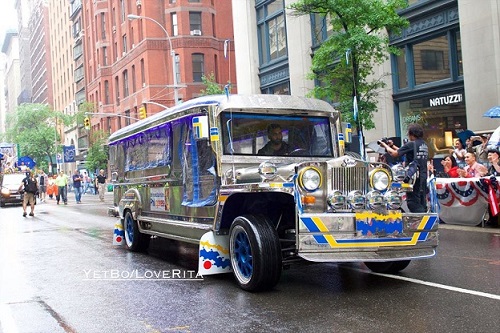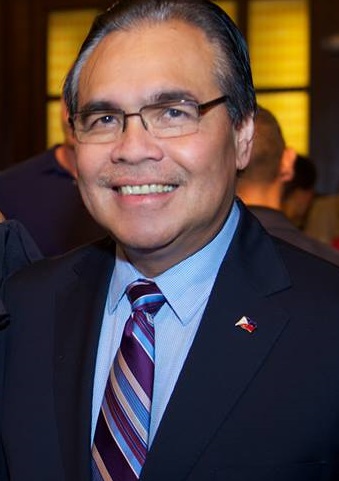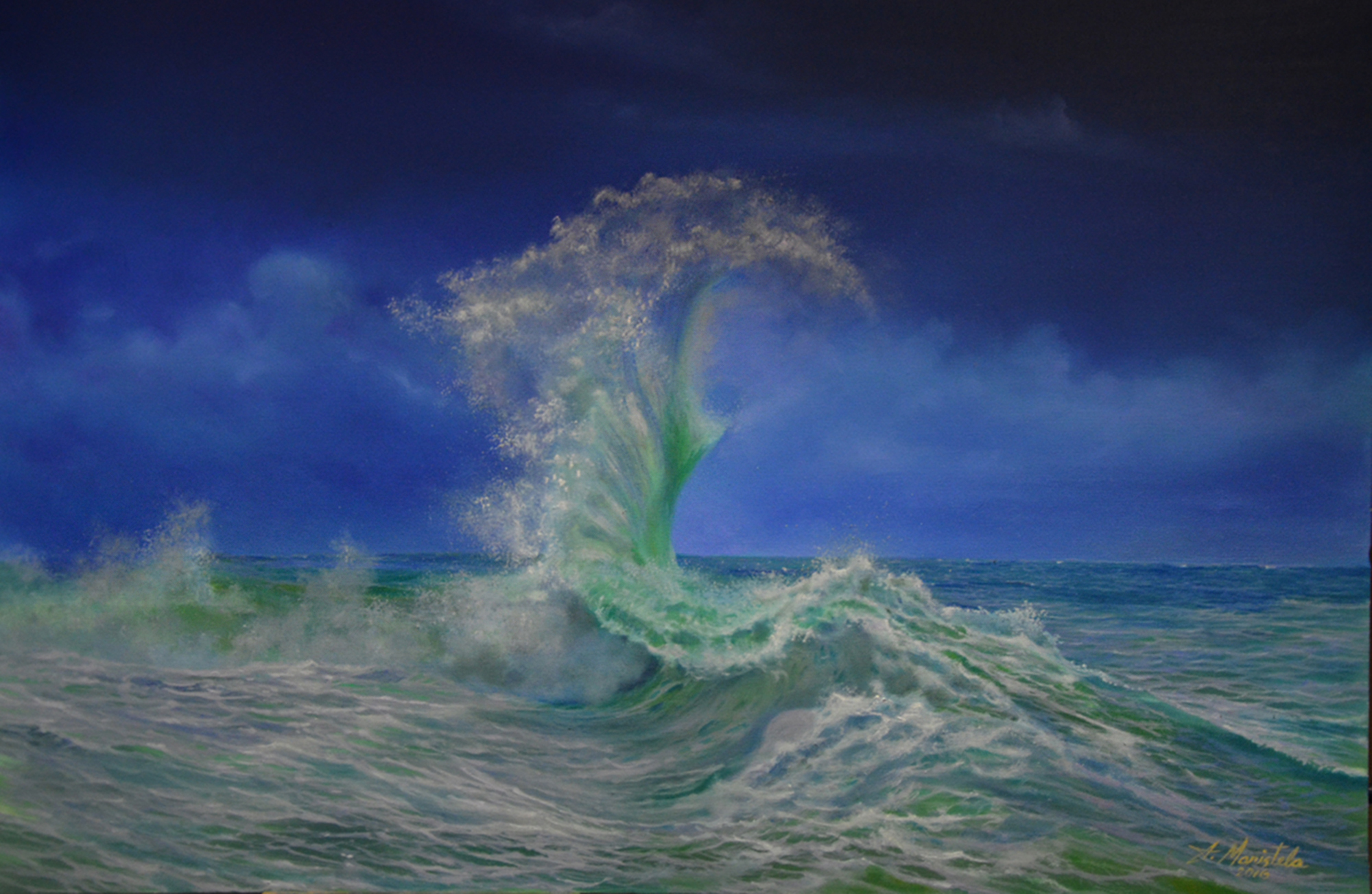For some FilAms, July 4 is independence day for both the U.S. and the Philippines
By Ludy Astraquillo Ongkeko, Ph.D.
Patriotic displays abound in anticipation of the 4th of July, replete with the colors of red, white and blue. That vibrancy is carried proudly as the American flag, its stars and stripes forever, remind the American people that their most highly-sought federal holiday is indeed at hand and palpably so.
All Americans are in complete and joyful unison when they declare how July 4, 1776, will forever stand out as one that proclaimed that long-awaited Independence Day from Great Britain!
That day came on the ultimate success of the American Revolution, historically chronicled, named and proclaimed: the “Legal Separation of the Thirteen Colonies.”
Thus, every resident from all states will hear on how their state will commemorate the national festivity that is incomparable to any other celebration.
In typical military fashion, a salute of one gun for each state of the U.S., historically termed a “salute to the Union,” is expected to be fired on the fourth of July from any military base.
As annual celebrations go, yes, as encore remembrances are held, regardless of the weather prevailing, there is certainly no other public event that can expect to hold a candle in terms of all observances that mark the Fourth of July, and as historians describe it, “rain or shine, it is the birthday anniversary of the Union.”
That second day of July 1776, appearing in U.S. annals of history was the date when the Second Continental Congress went for a vote to approve a resolution of independence that had been proposed in June that same year by Richard Henry Lee of Virginia.
It was that famous resolution that staunchly declared the U.S. as independent from Great Britain.
Congress then voted for independence and turned its attention to the Declaration of Independence as set forth.
When that Declaration became final, the date, July 4, 1776, was proclaimed and hailed, “The Day of Deliverance.”
Therefore, in addition to several other public and private events in reference to historical celebrations in the U.S., unquestionably, Independence Day each Fourth of July, is the National Day of the country.
No other nationwide occasion can parallel the meaning of independence that the ‘legal separation’ of the Thirteen Colonies from Great Britain fought so hard for.
All over the U.S., the skies will be brightly illuminated by fireworks. Other forms of celebrations are well-known: parades; carnivals; concerts; sports; picnics and other familial observances that never lose their essence of togetherness.
Among Filipinos who are able to recall what July 4, 1776 meant to the U.S, such hymns were part of their educational upbringing: “The Star Spangled Banner,” “God Bless America,” “America the Beautiful,” “My Country ‘Tis of Thee.” Those weren’t just melodies to all Filipinos born before 1946. Over time, they were committed to memory.
World War II brought about an epoch in the Philippines called ‘Liberation.’ Some songs took on familiar strains: “This Land is Your Land,” “Stars and Stripes Forever,” all because of post-World War II events when the U.S. military rescued their country’s colony from enemy forces.
Thus, when the Philippines received its independence from the United States as promised on July 4, 1946, that former U.S. territory had its own Independence Day. Later on, it was named Philippine American Friendship Day.
When Filipino Americans join Independence Day festivities on these frontiers, they likewise know the depth of what an annual July 4th represents in terms of a national holiday.
Not solely will the ranks from the Filipino Americans sing the hymns and songs so familiar to them. Likewise, they will join in reciting the national Pledge of Allegiance to the United States of America.

